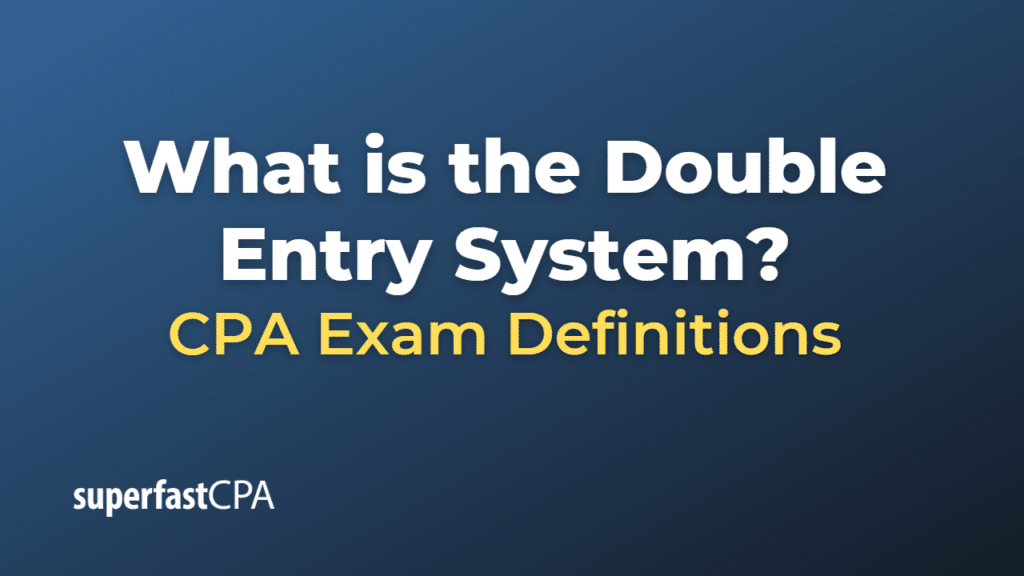Double Entry System
The double entry system is a fundamental concept in accounting where every financial transaction impacts at least two accounts. One account will receive a debit entry, while another account will get a credit entry.
The double entry system helps in maintaining the accuracy of financial data and ensures that the accounting equation (Assets = Liabilities + Equity) always remains in balance. This is because the total amount debited and the total amount credited should always be equal for each transaction.
Here’s a simple breakdown:
- A debit (dr) entry in an account represents an increase in assets or expenses or a decrease in liabilities, equity, or revenue.
- A credit (cr) entry in an account represents a decrease in assets or expenses or an increase in liabilities, equity, or revenue.
For example, if a business purchases machinery for $10,000 cash, it would debit the Machinery account (an asset account) to show an increase in assets, and credit the Cash account (also an asset account) to show a decrease in assets.
Accounting software and other systems automate much of this process today, but the double entry system continues to underpin all accounting procedures. Understanding this system can provide valuable insights into a business’s financial health.
Example of the Double Entry System
Let’s say a business takes out a loan from a bank for $50,000.
Here is how it would record the transaction in its books using the double-entry system:
- Debit (Increase) Cash: Since the business received cash from the loan, it would debit its Cash account by $50,000. Debits increase asset accounts, and cash is an asset to the business.
- Credit (Increase) Loans Payable: At the same time, the business now owes the bank money, so it would credit its Loans Payable account (a liability account) by $50,000. Credits increase liability accounts.
So, in the double-entry system, this transaction would affect two accounts: Cash (an asset account) and Loans Payable (a liability account). The business’s assets increased by $50,000 and its liabilities also increased by $50,000. This keeps the accounting equation (Assets = Liabilities + Equity) in balance.
In essence, the double-entry system reflects that the source of the additional cash (an increase in assets) was a loan from the bank (an increase in liabilities).













